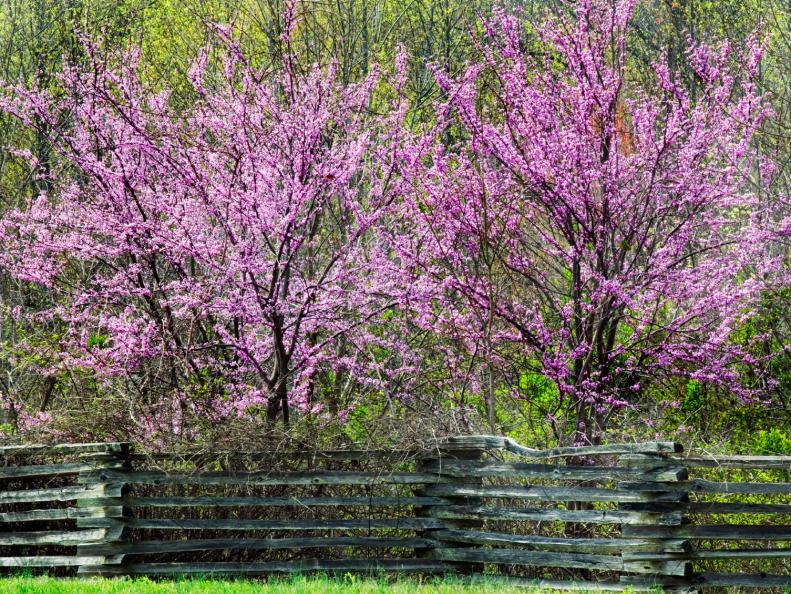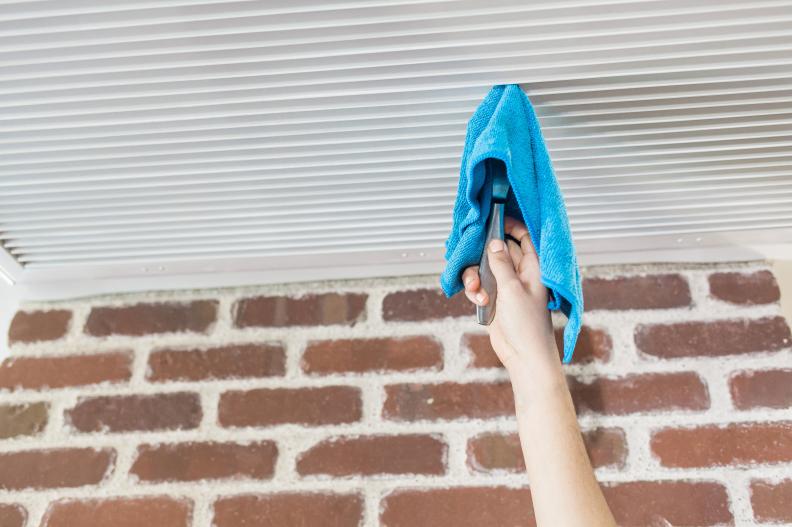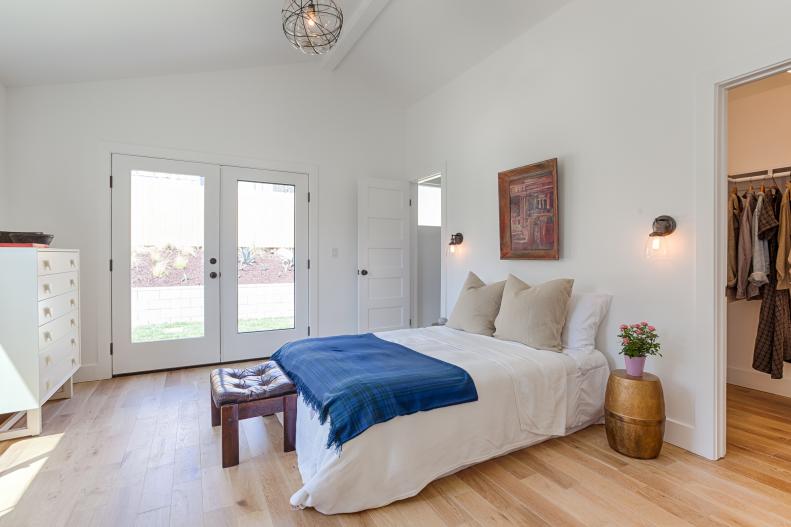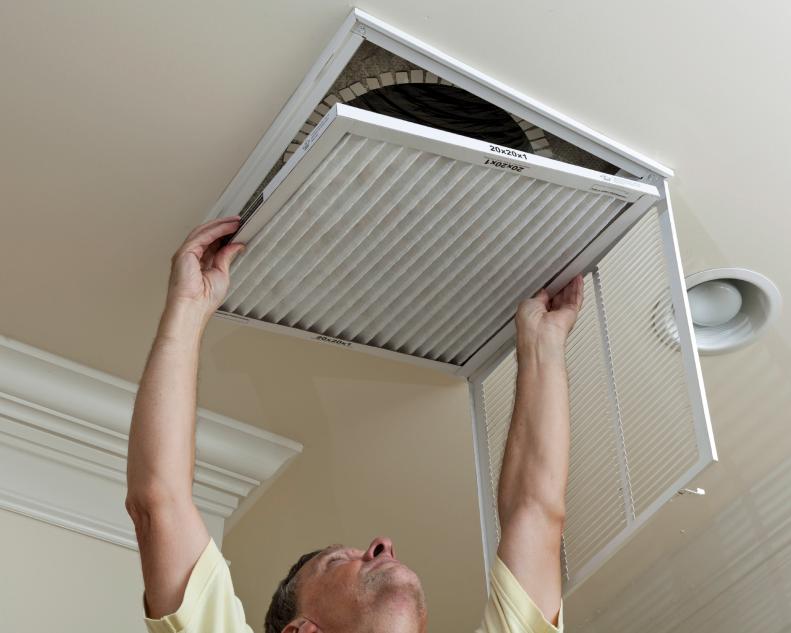1 / 12
Know What's Coming
If you want to know what’s blooming in your area or when a specific type of grass or weed has a high pollen count, check out the National Allergy Bureau (NAB) data on the American Academy of Allergy, Asthma & Immunology website. If you already know what grasses, trees or weed bother you most, use it to plan your outdoor activities.
If you’re not sure what culprits are causing your agony, start an allergy journal. Record the days your symptoms are high and compare it to the data on the NAB website. They'll email you a report if you set up an account.









